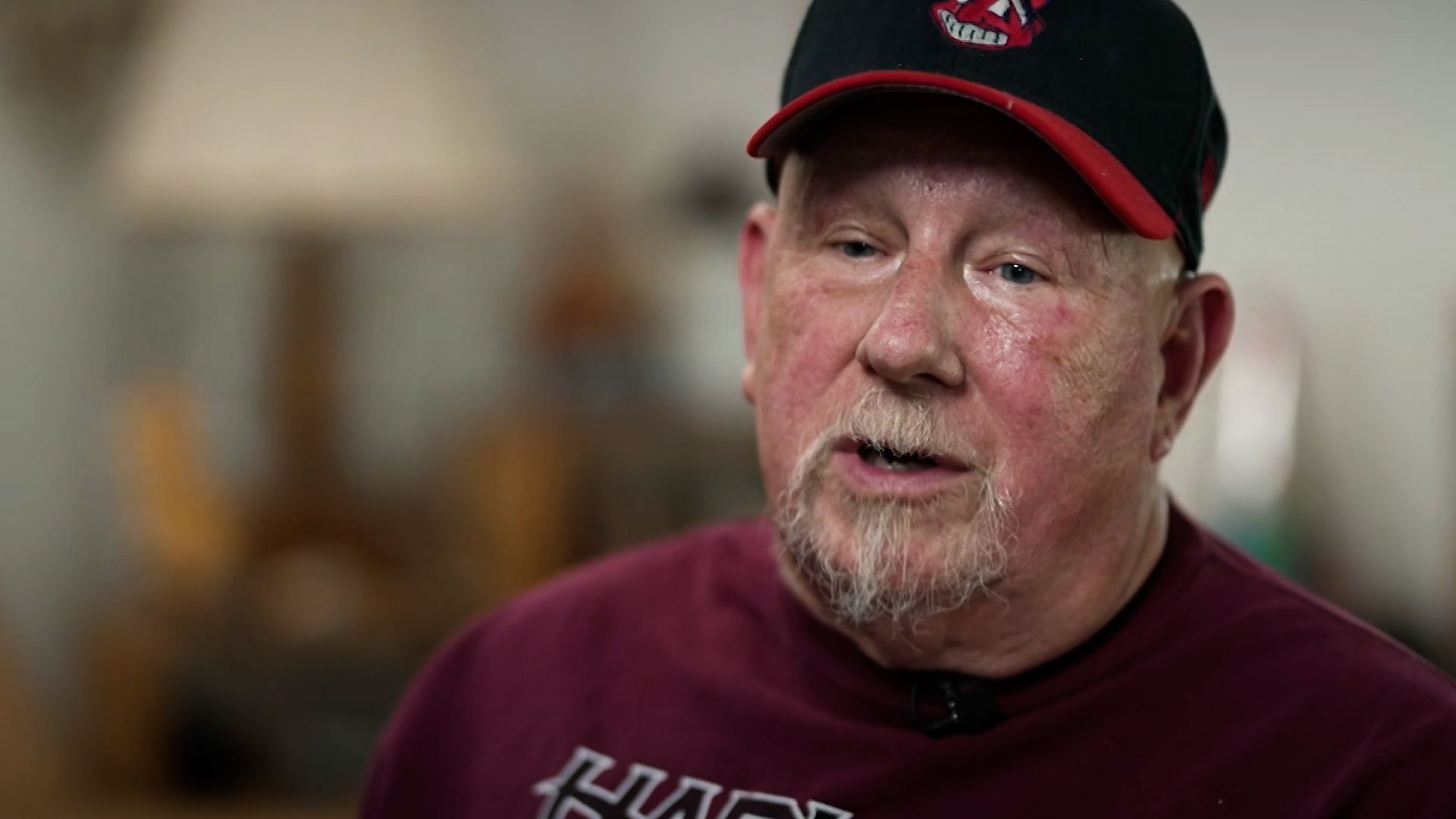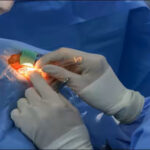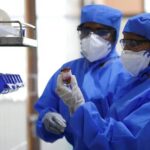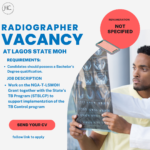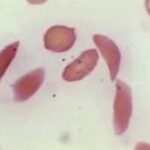Revolutionary Breakthrough: Brain Implants Unlock Speech for Paralyzed Individuals, New Studies Reveal

In a groundbreaking stride, remarkable scientific advancements in the form of brain implants offer a ray of hope to individuals grappling with paralysis or speech impediments. Dr. Jaimie Henderson, now a distinguished scientist and neurosurgeon at Stanford Medicine, kindles aspirations of enabling meaningful communication for those facing daunting challenges. This audacious venture promises to fulfill a poignant wish – the ability for loved ones to converse, transcending the barriers imposed by physical limitations.
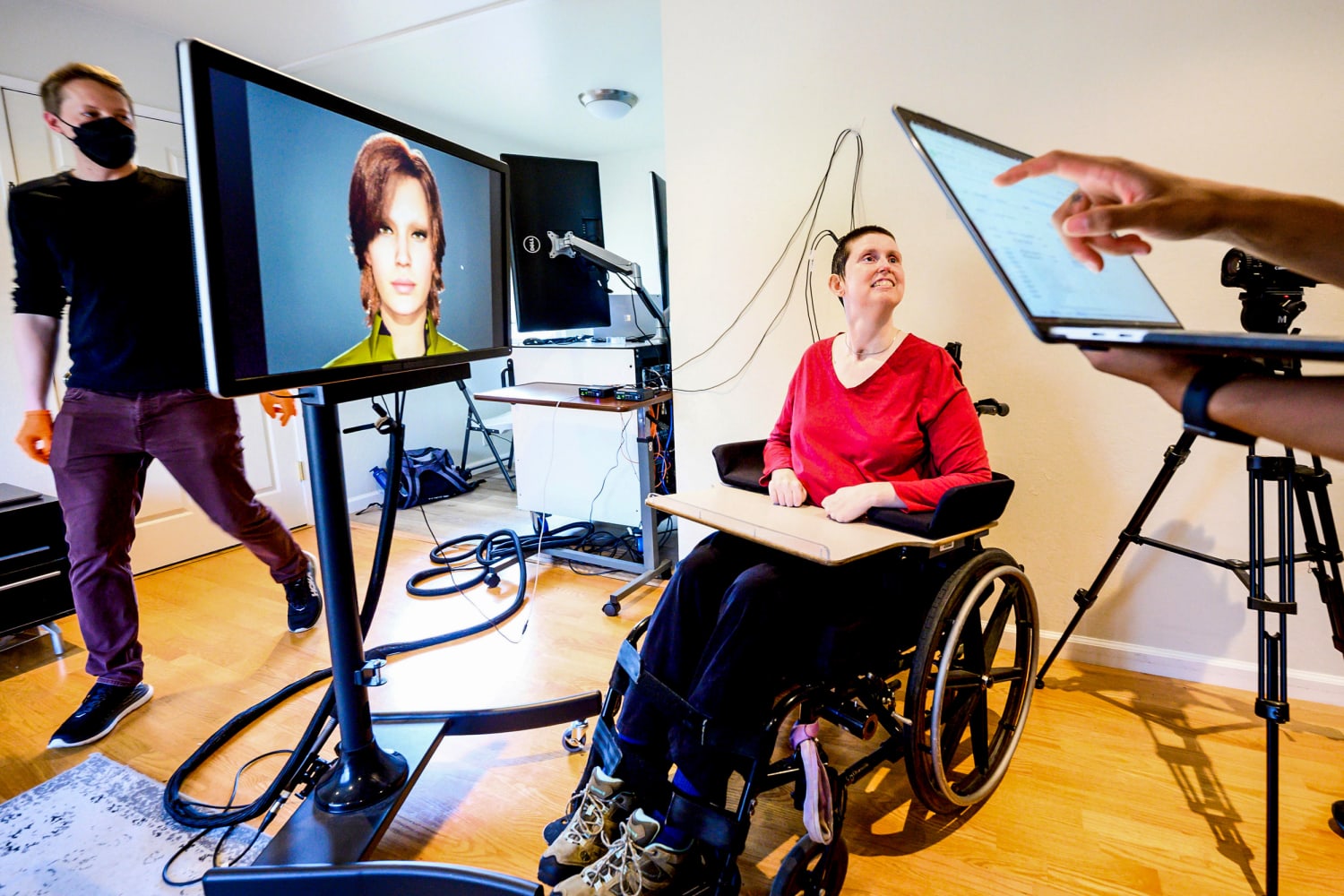
Woman with paralysis speaks through avatar thanks to brain implant
The beacon of this transformative potential shines through two compelling studies unveiled in the pages of the prestigious journal Nature. These studies illuminate the remarkable capabilities of neuroprostheses – brain implants that meticulously capture a person’s neural activity during their natural speech attempts. This neural data can subsequently be translated into written words on a computer screen, converted into audible speech, or even conveyed via an animated digital avatar.
Dr. Henderson’s own poignant journey underscores the personal impetus behind this pioneering endeavor. He recalls a poignant childhood desire – the yearning to engage in conversation with his father. Following a debilitating car accident, his father’s speech and mobility were severely curtailed, evoking a fervent wish for communication that would resonate with many. As he embarked on his career, Dr. Henderson harnessed his passion to engineer solutions that transcend barriers and enable a world of conversation.
Lending empirical weight to this aspiration, Dr. Henderson and his counterparts at Stanford Medicine, together with other distinguished institutions across the United States, conducted a momentous investigation. The trials spotlighted Pat Bennett, a courageous individual afflicted by amyotrophic lateral sclerosis (ALS) since 2012. This rare neurological ailment chipped away at her ability to articulate words. Dr. Henderson orchestrated a surgical feat, implanting arrays of electrodes into Bennett’s brain to meticulously record her neural activity during speech attempts, facial movements, and sound production.
Hear from stroke survivor who regained movement after brain device implant trial
The neural data, captured via these implants, was relayed to a computer through interlinking wires. Ingenious software then deciphered this neural symphony, transmuting it into legible words on a digital interface. With a vocabulary spanning 50 words, the rate of error in this neural decoding stood at 9.1% during spoken attempts and 11.2% during silent ones. This achievement holds immense promise, with the potential to restore fluent communication to those battling paralysis.
The second study, conducted by a team from the University of California, San Francisco, mirrors this groundbreaking pursuit. Their focus centered on Ann Johnson, who faced communication barriers following a debilitating stroke at the age of 30. An electrode device implanted in her brain yielded remarkable outcomes, with neural activity rapidly transmuted into text and synthesized speech.
These two endeavors converge in a common mission – to facilitate more accurate, expedited, and natural modes of communication for those confronting severe paralysis. The prospect of vocalizing thoughts and reconnecting with the world embodies hope, underpinned by the unyielding dedication of these researchers.
Though these interventions remain in the proof-of-concept phase and are not currently available for commercial use, the implications are colossal. As science treads this uncharted territory, the prospect of future advancements and tangible solutions gleams on the horizon. As Henderson passionately states, this journey marks a full circle from childhood aspirations to tangible fruition, indescribably transformative in its essence.
